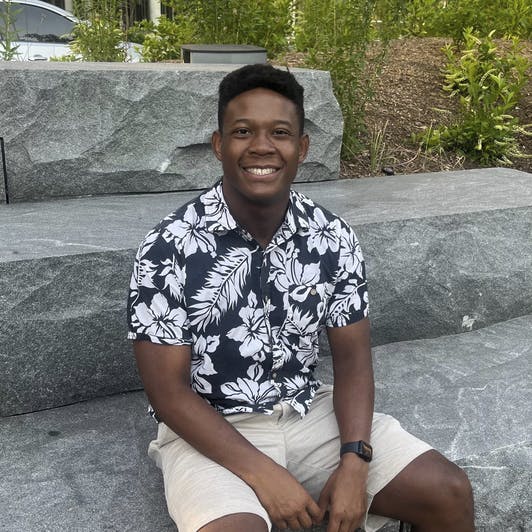DOD Leaders Cite Successes in Proactive Cyber Defense Efforts
Army and NSA officials discuss how strategies like Hunt Forward operations are defeating cyber adversaries.

Military leaders at the Billington Cybersecurity Summit last week underscored the need for a multifaceted approach to cyber defense and highlighted proactive strategies, human resilience and stronger global partnerships to outpace adversaries in an increasingly complex threat landscape.
Commanding General of Army Cyber Command Lt. Gen. Maria Barrett said part of staying ahead of adversaries is expanding beyond what Barrett called “self-limiting” thought and inertia.
“If you started looking at this, ‘I’m only going to do cyberspace operations,’ I think that’s fairly self limiting,” Barrett said. “You do have to make sure that you’re taking a look at the other domains and looking at these problems in a multifaceted way and be able to offer up multifaceted dilemmas to the adversary as well, or ways of defeating their multifaceted approach.”
Barrett cited initiatives like the Army Cyber Command’s Cyber Fusion Innovation Center and educational partnerships. Additionally, she noted the importance of working offensive and defensive cyber teams against and with each other, sharing strategies and challenging flaws in each other.
Agencies tackling cyber threats must be weary of human error or lack of discipline when it comes to maintaining cybersecurity standards.
“One of the things we’re seeing is the synthetic generation of entities that are actually taking advantage of our weaknesses. The biggest weakness we have in cybersecurity is us, the human factor,” said George Barnes, president of Cyber Practice at Red Cell Partners and former deputy director at the the National Security Agency (NSA). “We are weak and undisciplined, and we want to get our business done. The best way to penetrate somebody is actually through the human before the technical.”
Barnes said “security has to have a personal, a physical and a network dimension. Those have to actually be confronted together, not separately. We have cultures and standards that have bifurcated them in the past. They need to come together.”
Maj. Gen. Lorna Mahlock, commander of the Cyber National Mission Force (CNMF), referenced how a “prisoner exchange between our offensive operators and our defensive operators, where we actually have a mission with offensive folks working with defenders,” led to capture of nation-state level cyber actors.
Mahlock said Cybercom’s Hunt Forward and Defend Forward operations, which have grown from five in 2018 to more than 25 in 2024, have helped partner nations grow their ability to defend their networks and share information on adversary actions, creating what she called a “global mosaic of partners” better enabled, to share adversary tactics, techniques and procedures.
“That’s a capacity building that we didn’t have. As we do these Defend Forward operations, it’s about not only a tactical operation, but how we give operational advantage to the [combatant commands] and strategic advantage to the nation and that partner,” Mahlock said.
This is a carousel with manually rotating slides. Use Next and Previous buttons to navigate or jump to a slide with the slide dots
-

Looking Back at the First Trump Administration's Tech Priorities
In his first term, Donald Trump supported cybersecurity, space policy and artificial intelligence development.
4m read -

Elevating Cybersecurity in the Intelligence Community
The Intelligence Community is developing strategies to protect data and strengthen resiliency against emerging cyber threats.
30m watch -

AI Revolutionizes Cybersecurity by Doing What Humans Cannot
Leaders from NSA, GAO and industry say that artificial intelligence can augment the cybersecurity workforce, but the work must be auditable and explainable.
4m read -

Energy Exploring AI in Clean Energy, Supercomputing
Jennifer Granholm outlines how DOE is training AI models to use data sets, enhance super computers and power electrical grids.
5m read








